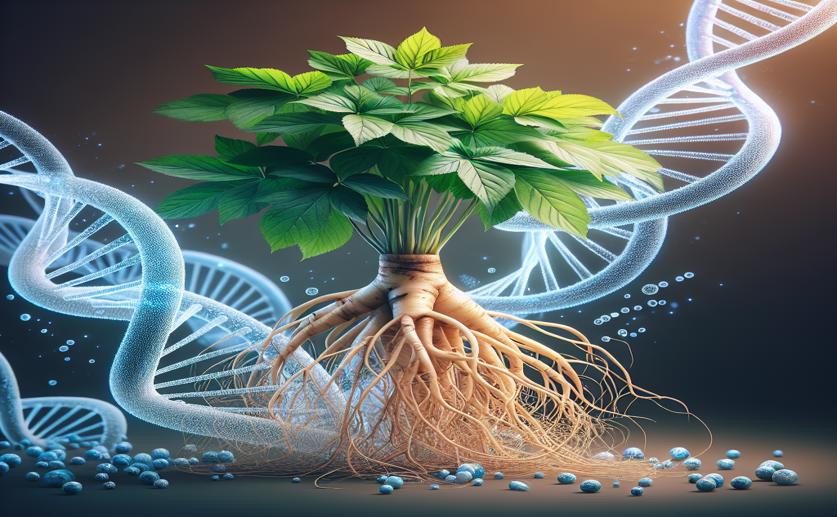
Unraveling the Genes Behind Ginseng's Powerful Components
Jim Crocker
16th January, 2024

Image Source: Natural Science News, 2024
References
Main Study
1) Genome-wide identification and integrated analysis of TCP genes controlling ginsenoside biosynthesis in Panax ginseng.
Published 13th January, 2024
https://doi.org/10.1186/s12870-024-04729-x



 15th January, 2024 | David Palenski
15th January, 2024 | David Palenski